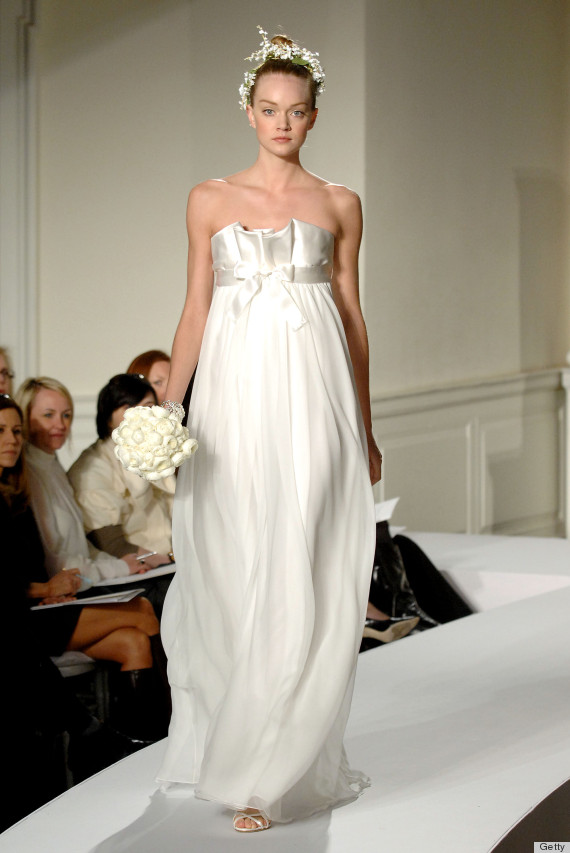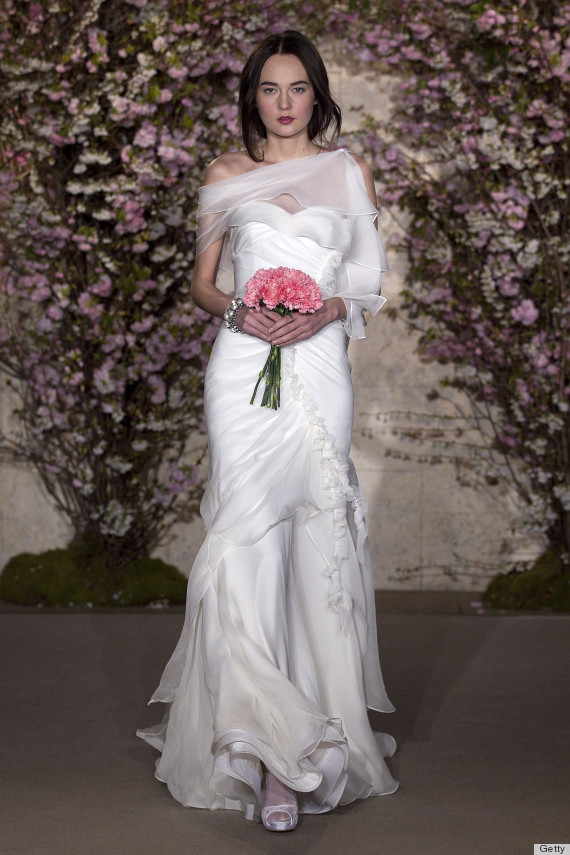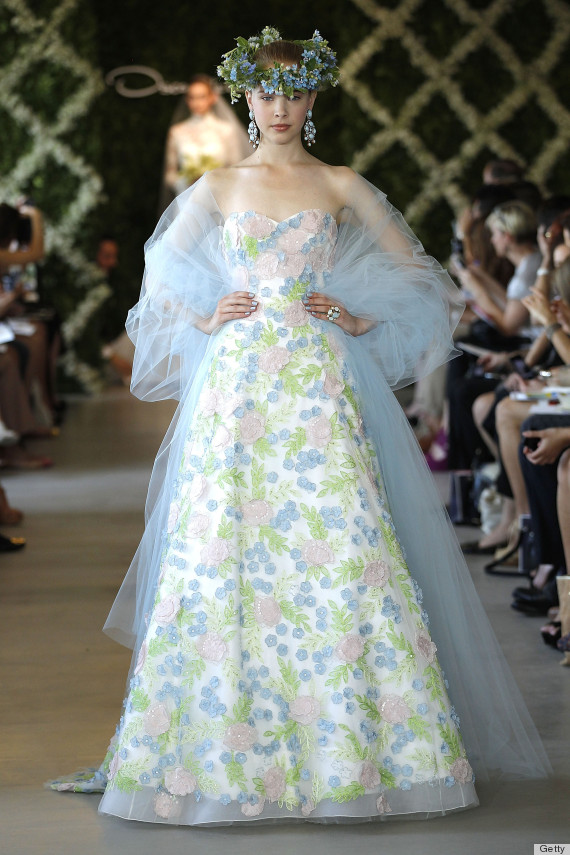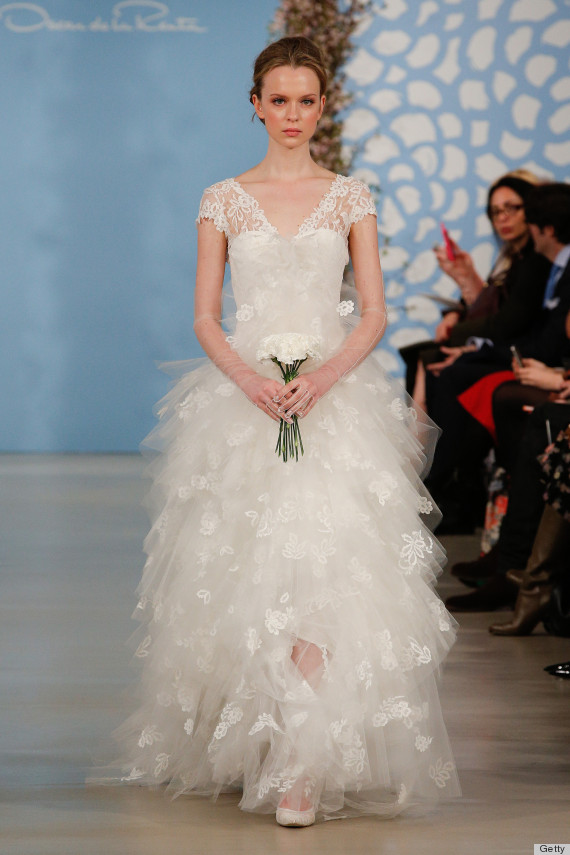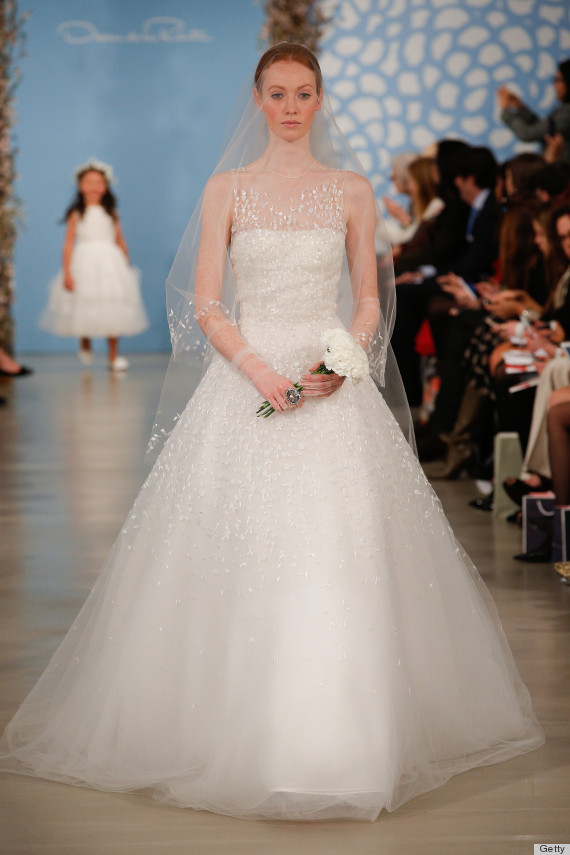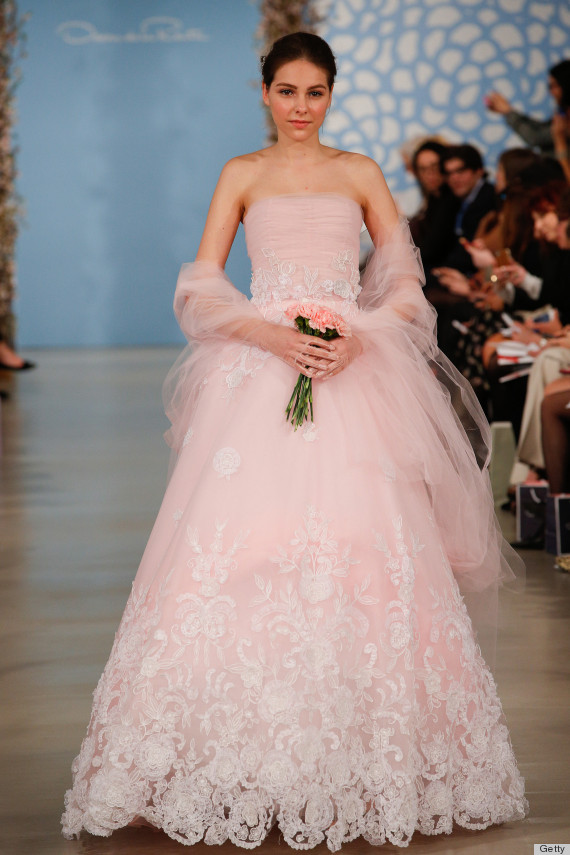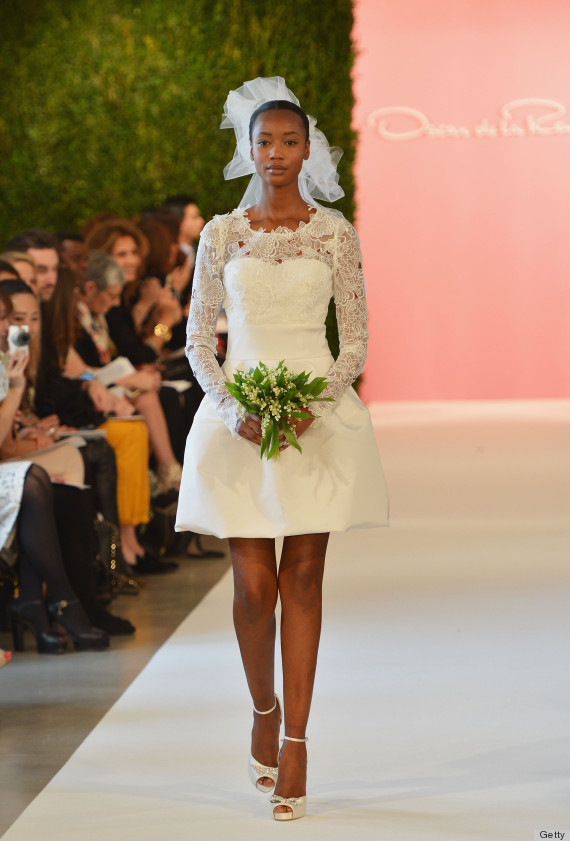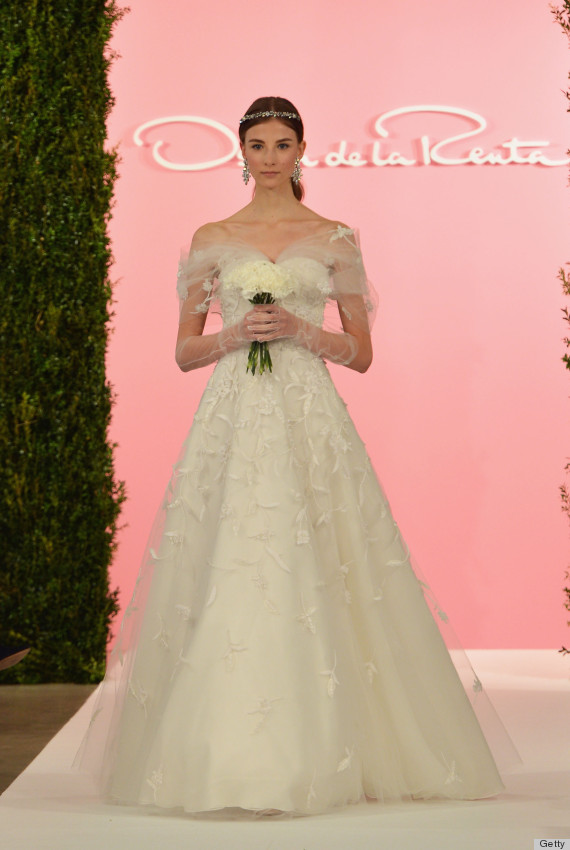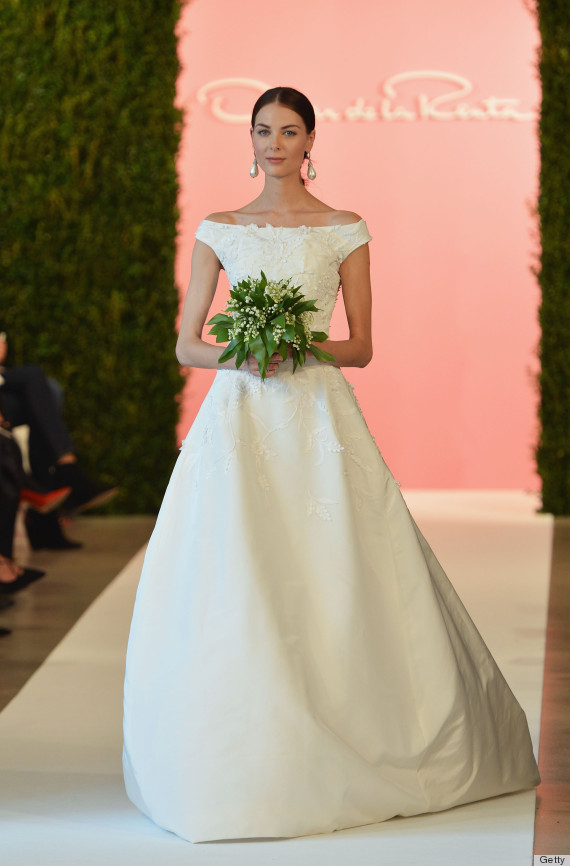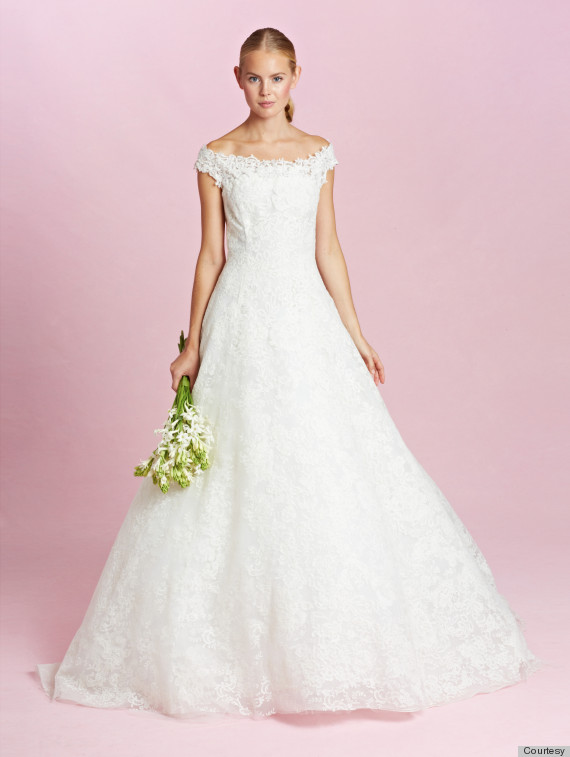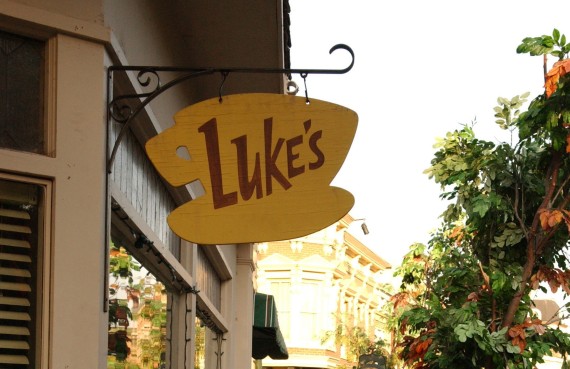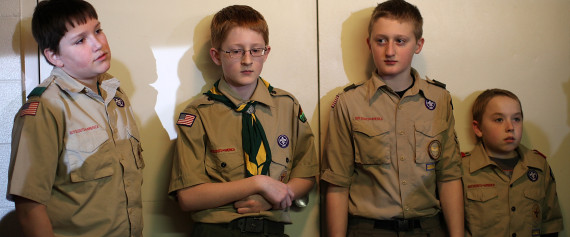"I didn't see that coming."
I said that to myself more than once during the first three episodes of "
The 100,"
which returns Wednesday on The CW.
The good news is, those shocks weren't gratuitous or unsatisfying, and they weren't merely there to shine a light on whatever wild plot turn had arisen in this brisk tale of post-apocalyptic survival.
No, what surprised me was how dark "
The 100" was willing to go.
You'd have thought I learned my lesson during
the show's energetic first season, when "The 100"
regularly transgressed whatever I thought of as "the rules" of The CW.
Everyone is quite attractive on "The 100" -- some rules can never be broken -- but that appears to be the only inviolate law of the network, which currently airs a large number of shows I just cannot quit ("
Arrow," "
The Flash," "
Supernatural," "
Jane the Virgin").
It isn't just about the abs on these programs; it's about the aspiration. Through all of their ups and downs (and there have been many peaks and valleys on "Supernatural," which is about to air its 200th episode), these shows present characters, relationships and moral dilemmas that hold my interest week to week. That's more than I can say for approximately 87 percent of the tepid new broadcast network dramas that have turned up in the last few fall seasons.
You could almost say that The CW is broadcast-network television's boutique cable brand: The stakes are lower and it's able to take more chances, and in recent years, its smarter gambits have paid off. While the bigger, richer broadcast networks
turn increasingly toward bland formulas, "noisy" concepts and ill-advised star vehicles, The CW has quietly stuck to its knitting, churning out solid and enjoyable shows that end up giving me me more hope about humanity than an assorted six pack of network crime procedurals.
"The 100" is by far the network's darkest show, but this addictive drama doesn't forget to supply the adventure element as well. ("The 100" does for running through forests what "
Doctor Who" does for sprinting down spaceship corridors.) It doesn't have the bucks of bigger networks, so it has, of late, focused on smart casting and fresh, energized takes on familiar forms.
So, as you might have guessed, I am not here to make a claim for the innate originality of "The 100." Like a crash survivor cannibalizing his or her ship, "The 100" takes components from the standard Y.A. and sci-fi toolkits and assembles them into a sturdy, efficient narrative. But like Syfy's "
Defiance" -- another pulpy, enjoyable serial that unashamedly deploys its share of sci-fi and Western tropes and has a number of game, charismatic actors at its core -- "The 100" doesn't look away from the deeper questions embedded in its narrative.
"The 100" -- a figure that originally described the number of teen survivors plunked down a century after Earth's nuclear apocalypse -- continues to tell the story of several factions of adults and teens trying to stay alive under desperate circumstances. Hence the occasional harshness and even extreme brutality on display, but this is no surprise to those who witnessed the torture and murders that occurred in Season 1. The good news is, this show truly embraces the characters' impossible moral dilemmas without ever lapsing into lazy cynicism or predictable despair, and extreme actions are given the moral weight they're due.
Though Earth is now habitable, more or less, if some are going to live, then others have to die, and these characters ask themselves who and what is worth dying for without bogging down the narrative with overdoses of morose self-pity. Sure, the drama has some convenient twists and a few believability-stretching moments, but I'm willing to give "The 100" the benefit of the doubt because its cast is used well, its pacing is crisp and it's more morally adventurous than a lot of shows with far greater resources.
The survival game has changed this season: More adults have arrived on the scene and they have their own ideas about how to impose "order" on the young people -- and others -- who are roaming the surprisingly picturesque post-apocalyptic territories. The grown-ups often think they know best, but more often than not, Clarke Griffin (Eliza Taylor) is not having any of it.
Taylor is admirably committed to conveying Clarke's unbreakable will, which sometimes comes off as almost unreasonable stubbornness. But Clarke's skepticism about her new situation ends up being understandable, and her resistance is one of the most attractive elements of "The 100." These kids have a chance to literally remake the world, and Clarke and her cohorts Bellamy (Bob Morley), Finn (Thomas McDonell), Octavia (Marie Avgeropoulos) and Raven (Lindsey Morgan) do not want to re-make their parents' mistakes.
It's fairly bold of "The 100" to take a narrative that's relatively similar to "
The Walking Dead" and put a teen girl at the center of it (and as is the case with "The Good Wife," The CW show would actually support a reading of it as a critique of the differences between male and female leadership styles). As Alyssa Rosenberg
has pointed out, even on prestige dramas, young women often "function as built-in critics of the behavior of the adults." Though Eliza is clearly at the center of this story, many of the younger characters on "The 100" are turning into credible leaders. As Bellamy, Bob Morley has been a terrific asset to the show since it began, and through sheer force of will, Bellamy's sister Octavia has become one of my favorite TV badasses. There's a Season 2 scene in which Octavia overpowers a much larger character and the moment should have been preposterous, but Avgeropoulos sold the hell out of it.
There's a lot for the young folk to critique on "The 100," but there are not many cartoonish villains to be found (and the show makes good use of skilled adult actors like Paige Turco and Raymond J. Barry). On lesser dramas, hiring a parade of "
Battlestar Galactica" actors might bring up uncomfortable questions about what a show is lacking, but on "The 100," the presence of "BSG" alums drive home the central parallel between that great show and this more modest yet very enjoyable one.
As Adama and Roslin taught us, those who don't learn from history are doomed to repeat it.
HuffPost TV spoke to "The 100" executive producer Jason Rothenberg about what fans can expect from the second season. I don't consider what's below to be particularly spoiler-y. There are hints about what's coming, but trust me, you won't see a lot of it coming.
Last time we talked, you couldn't tell me how many episodes would be in Season 2, but now we know it's 16. How do you feel about that number?
I love that number. Thirteen was hard to do. Sixteen is going to be harder because it's just the sheer number [of episodes in total]. I don't know how people do 22 episodes and make them good. In a serialized adventure like this, that's too much. You can't have every episode be good. At some point, the most important part of my job is quality control. Last year, we were able to do what I think was a very strong 13-episode season. This year, we're going to do a little more, but it's not so much more that it's going to kill me and make it so that [the attitude would be], "Eh, that's good enough."
When we talked before [before and after the Season 1 finale], you said you wanted to get into more character moments and the characters' pasts, so I would think more episodes would give you time to do that. I also think about the fact that you have so many groups and factions now -- you just probably need more room for that.
"I wouldn't say it's a new show, but it's very different."Yeah, so far a lot story time in the first couple of episodes has been taken up with that. We're almost re-establishing what the show is. I wouldn't say it's a new show, but it's very different. We're establishing new sets. Usually, in a Season 2, you go back to your same locations and same sets. This is totally new. We've got no Ark, for the most part. We've got Mount Weather, which we spent a ton of money on and it's amazing. We're going to live there for quite a bit of story. That's a new world. And that's really hard on production, by the way. You don't have the time or the money that you have with a pilot.
On top of that, you are shooting outside a lot, and the weather around Vancouver can be so rainy and unpredictable.
It's great, though. I'm in my nice office in Santa Monica, so I can't really complain, but the worse the weather is, the better the show tends to look.
Is there a dividing line in the season -- like, a first bunch and then the show comes back in the new year and airs a bunch more?
The good thing about last year was that we did 13 episodes in a row. This year, we're on in the fall, so unfortunately there are some natural breaks for Thanksgiving and Christmas. But in the [writers'] room, we break stories so there's a big [episode] right before the first break and a big one right before the second break. The bigger episodes will unfold like that. And then I think we run through eight in a row at the end. There's a huge [development in] Episode 5. And there's a story point [later in the season] that's going to really blow people's minds.
Given where everyone's starting in Season 2, it sounds like there will be a lot of new recurring characters.
Yes, there will be new people who will be with us for a while. The fun thing is, we're building out all these universes -- Mount Weather, the camp where the Ark fell -- that's our main ground set this year. It's unbelievable how big the ship is. We built the drop ship last year, but this is a section of the Ark. It's huge.
The thing that Abby and Kane climbed out of at the end of Season 2 -- that's a different section. It broke apart and they were looking for other survivors, and they came across this section that is more intact. Over the season, that [large section of the Ark on the ground] becomes like "Deadwood" with a space ship in the middle of it. It's like a Western town. They build a bar and a hospital and all of that.
What's been the most fun about the second season so far?
There are so many new people on the ground, so we get to have scenes with actors who have never worked together. There are some really big reunions coming up.
I'm sure you can't say when it will be, but the Abby-Clarke reunion will be a big deal.
That'll be a really long-awaited moment for them and for the audience too. It's going to be crazy because she's so different now. They're both very different from those two women who last saw each other in the teaser of the pilot episode. We did a flashback of them together in Episode 3 [in the first season], but [actors Paige Turco, who plays Clarke's mother, Abby, and Eliza Taylor] have not worked together since then.
Obviously the show has a very active online community and you interact with them a lot. Do you ever think, "What will the fans think?" when you're laying out where the show will go?
I've never been influenced by anyone saying [what they want]. If [a fan idea] is a great idea, I would do it, but I'm not going to take the pulse of the audience before I do anything. You've got to surprise people.
I will assume you know that people are really into Linctavia.
That's a relationship with that actually has some real weight in the show, because it's about different cultures. The whole thing this season is about turning people's views on the Grounders. The Grounders are actually not the monolithic bad guys. When I say the season is about reunions, it's also about unions. Groups that hate each other and are at war with each other need to make alliances in order to defeat the bigger bad that may be out there.
I wanted to ask a couple of those before I let you go. Here's one: Where did Lincoln get his tattoos?
The Grounders actually tattoo themselves. It's sort of based on Native American culture [and many] ancient cultures -- tattooing is a really old art form. They're all hand done. One tattoo that actually isn't a tattoo is -- they mark themselves for every kill. They burn a little bump into their backs. Lincoln has that field of bumps on his back. And they could tell you [who each person was]. It's a way not to sort of glamorize the kill but to memorialize the person that died.
We're going to meet a character this year named Indra who's a very high-ranking Grounder who's got [a lot of them]. They don't fit on her back, they spill down her arm.
Will we learn Lincoln's last name?
No. I don't know if he has a last name, honestly. I think if they have last names, it's more like, "Of the Woods." It's more a geographic designation.
"The 100" airs Wednesday at 9:00 p.m. ET on The CW, and the first season of the show arrives Wednesday on Netflix.
![tv show gifs]()



